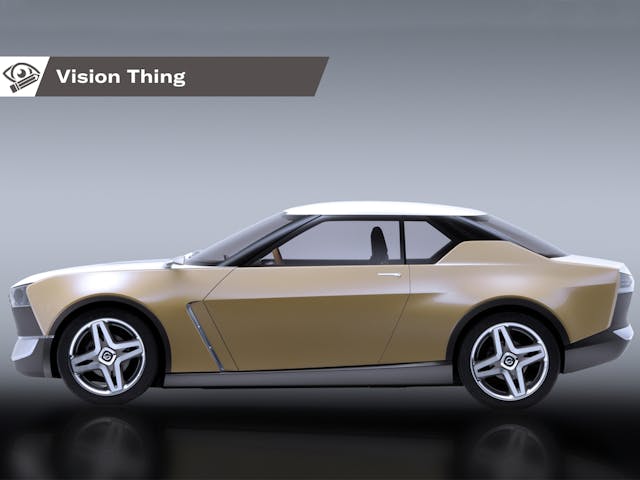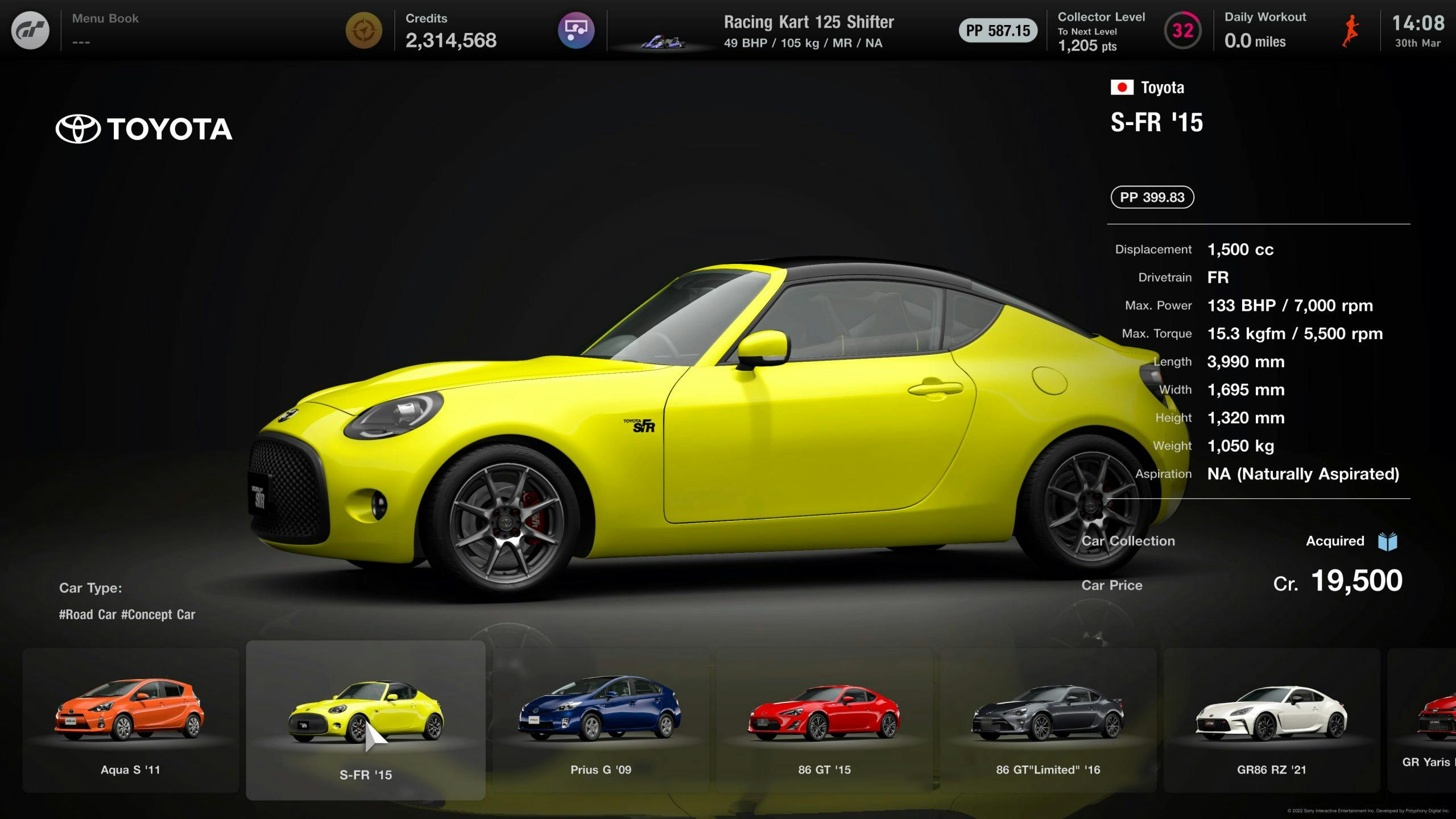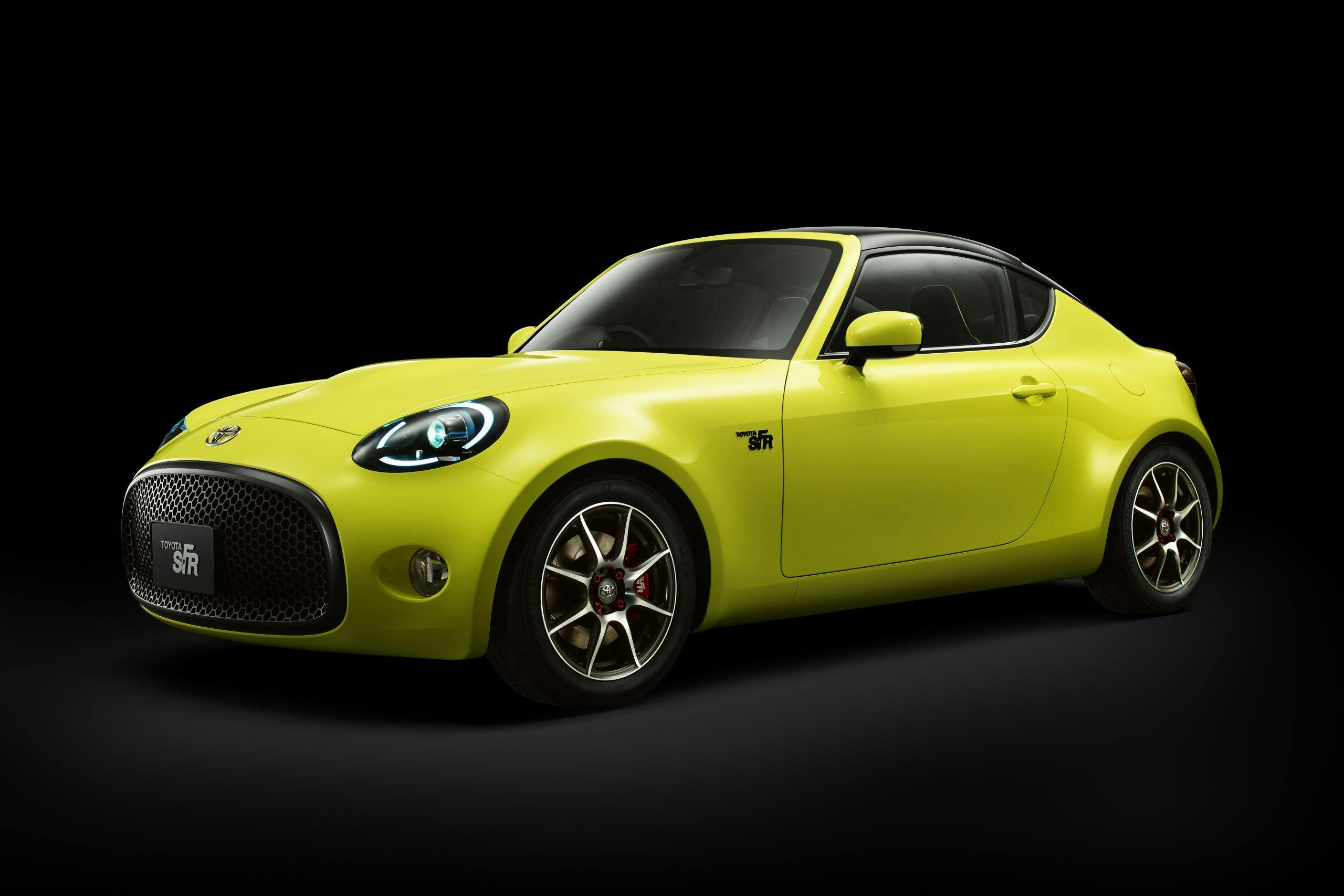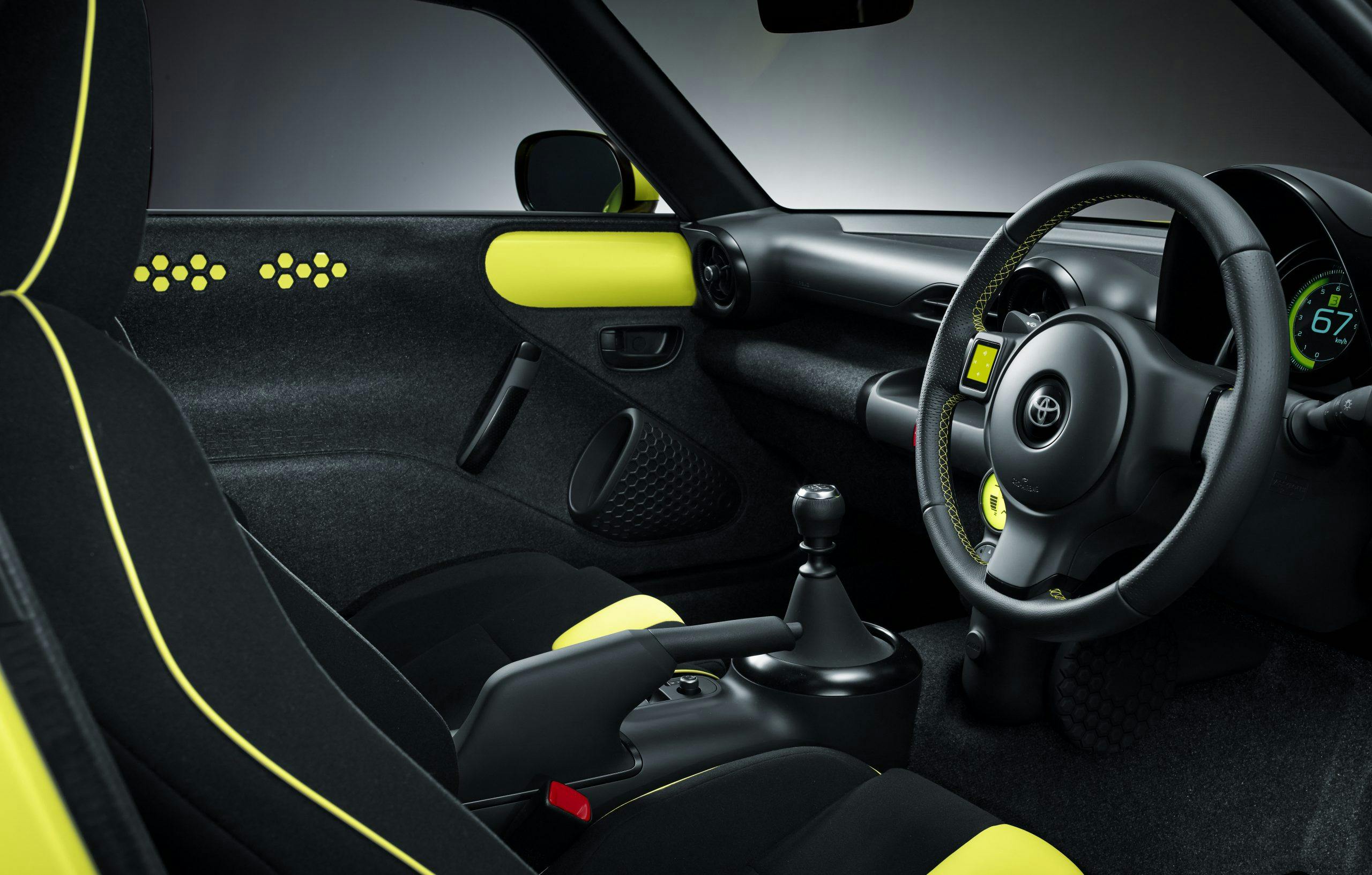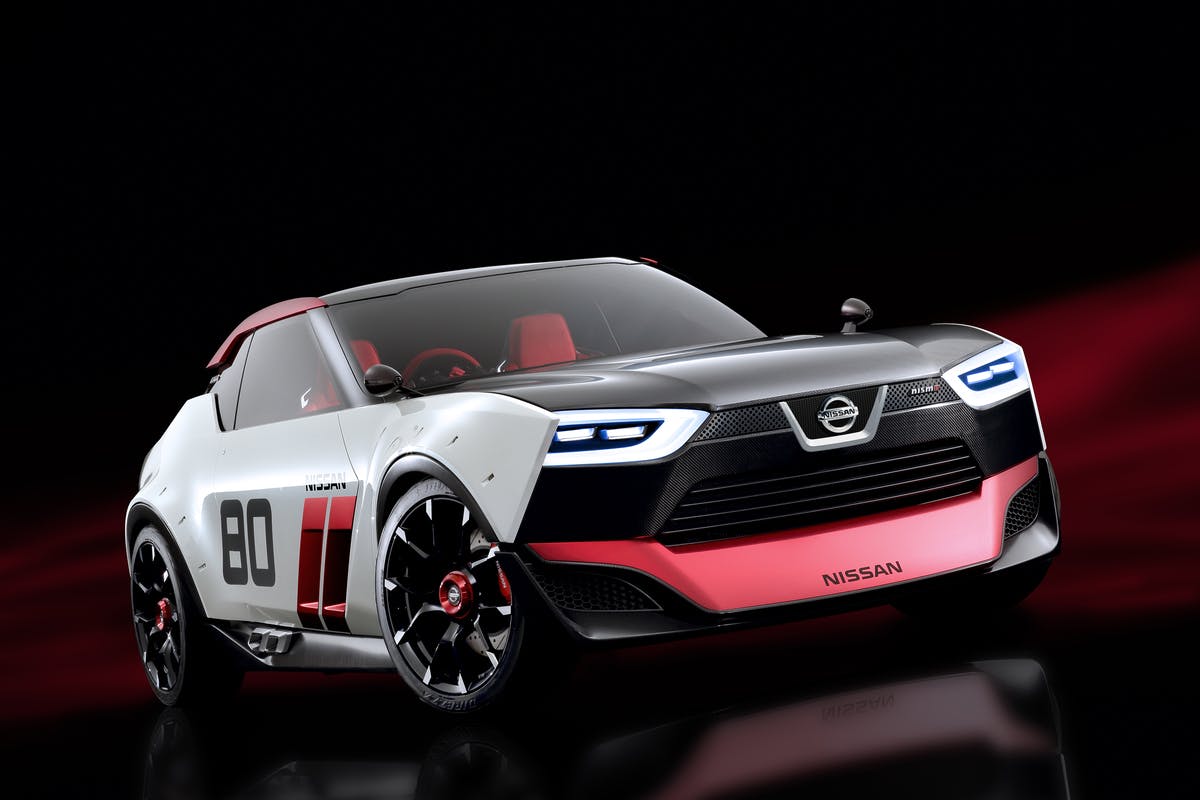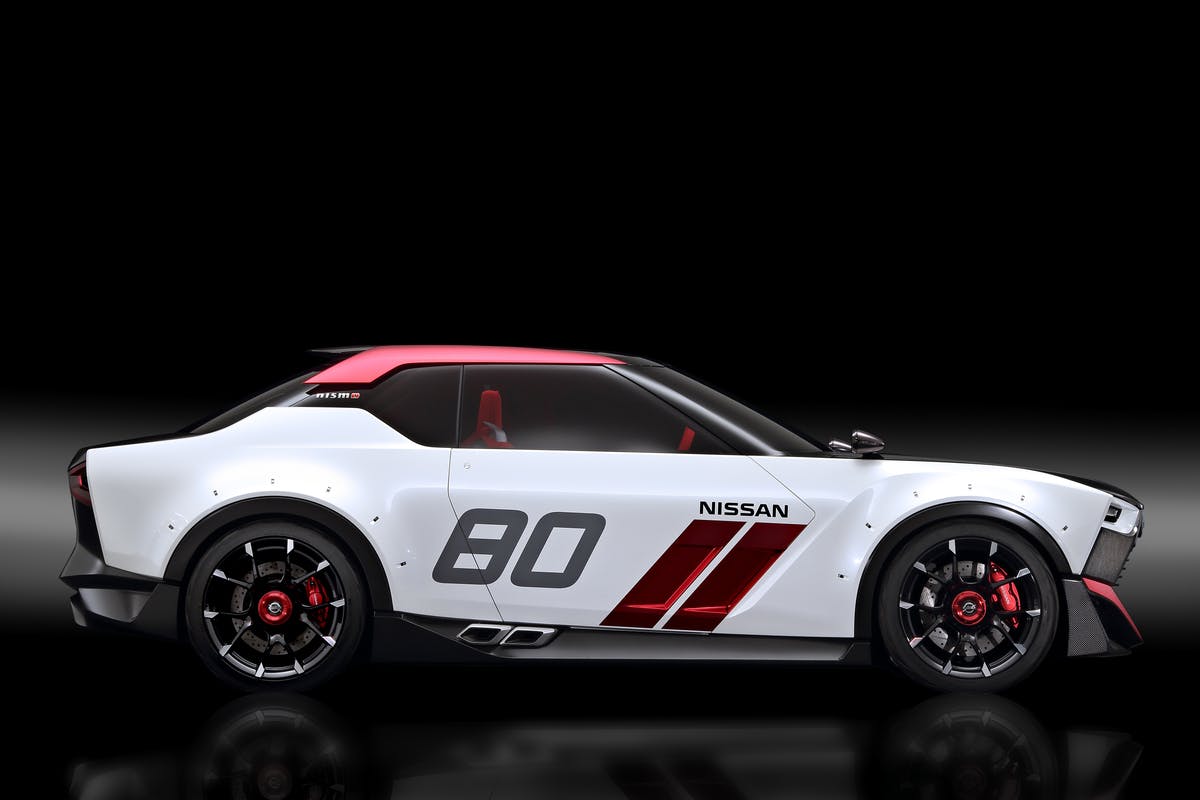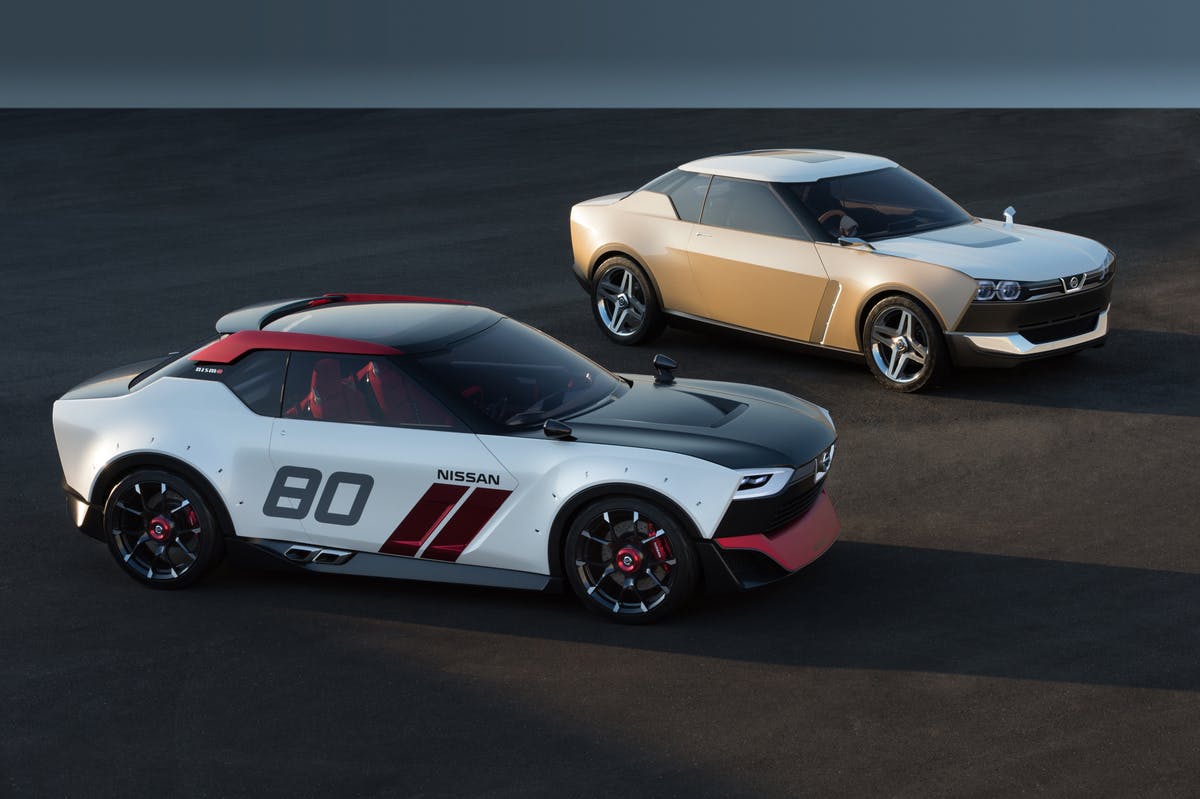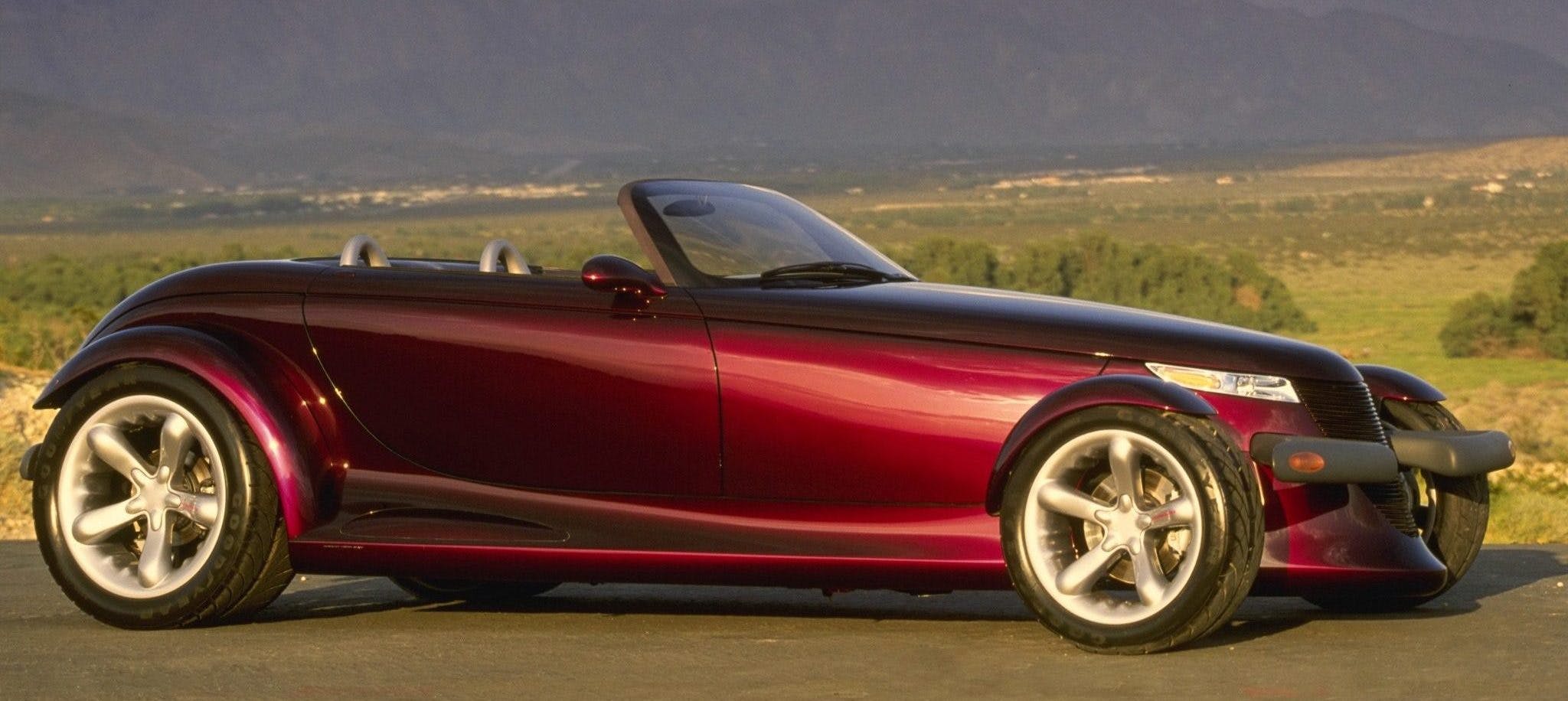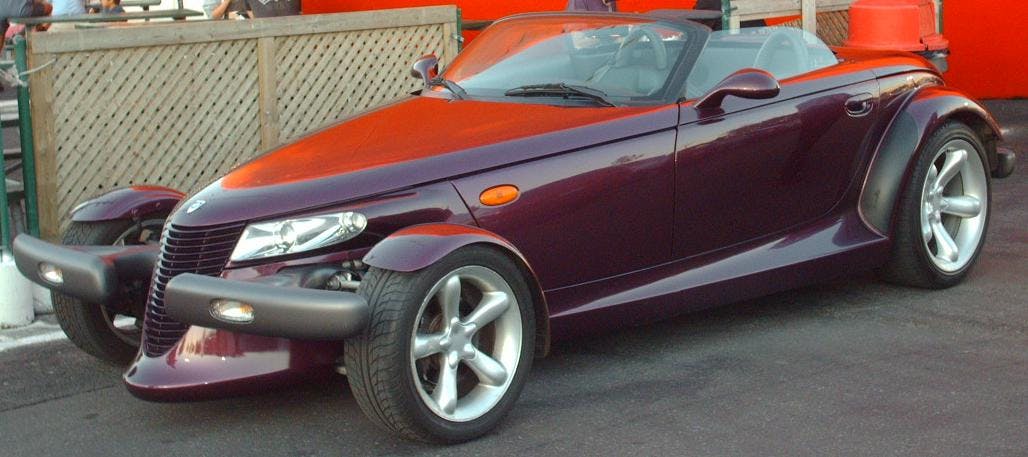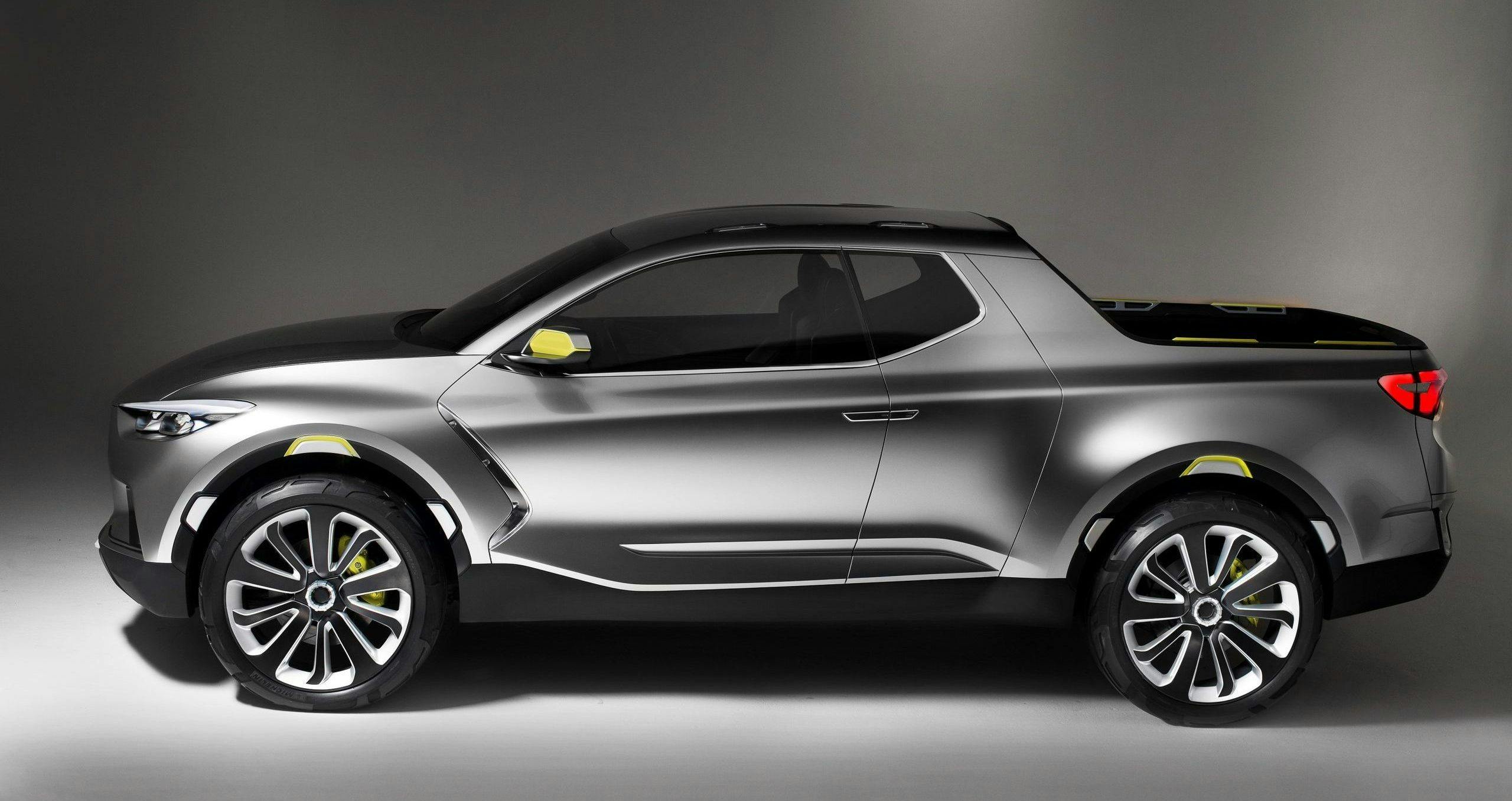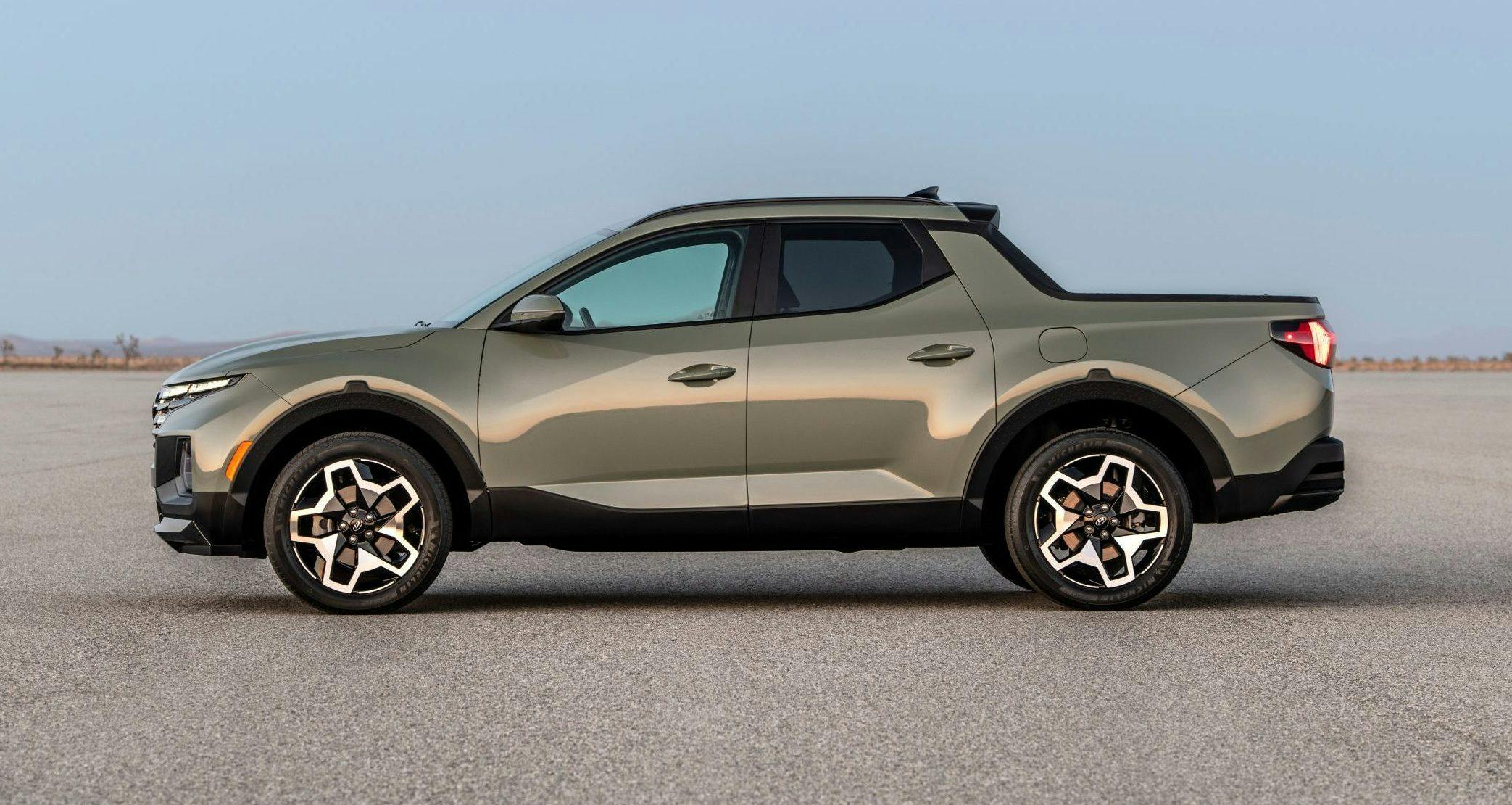Media | Articles
Vision Thing: Getting a concept made (or not)
Hello there! My name is Adrian Clarke. I am a professional car designer, earning a degree in automotive design from Coventry University and a Masters in Vehicle Design from the Royal College of Art in London. I worked for several years at a major European OEM. and in the Nineties, I daily drove a 1979 Ford Thunderbird while living in London.
I’ve been writing design articles for Hagerty these last several months (you can find them here) and it’s my pleasure to welcome you to my new column: Vision Thing. In the media there seems to be a lack of understanding about what car design is, why it’s important, and what it contributes to the stories of the vehicles we love so much. Here, we will talk about a lot more than how to draw pretty cars. We will cover design history, philosophy, influence, analysis—the sort of subjects from the sort of perspective you aren’t likely to find elsewhere. It’s, well, a Vision Thing.
I’m aimlessly scrolling through new and used cars. I’ve already picked up a 1978 Firebird in brown (that I’ll repaint black, obviously) and 1971 BMW 3.0 CSL. Fancy something cheap and fun. Entering the Toyota dealership, I come across a car that had disappeared from my mental hard drive—a cutesy, easy-on-the-pocket RWD and naturally aspirated 2+2 coupe. The kind of car no one makes anymore. The 2015 Toyota S-FR.
Except Toyota didn’t make this one either—not in reality, anyway. It’s a real-life concept car that exists to buy and drive solely in the digital world of Gran Turismo 7.
Thanks Toyota, you could have at least bought us dinner first.
Marketplace
Buy and sell classics with confidence

Wheeled out in near-production-ready form at the 2015 Tokyo show, the S-FR concept harked back to the 1965 Toyota Sports 600. Alongside the GT86 and Supra, the S-FR could have been the entry point into Toyota’s sports car triptych. Given that in 2015 Toyota and Mazda signed a technology sharing agreement, it’s not inconceivable the S-FR could have been built on the bones of the ND Miata. A second, racing version was built, and even licensed diecast toys appeared from Tomica.
And then, nothing.
Further back, in 2013, Nissan whipped the automotive fandom into a frothing frenzy with the twin IDx Nismo and Freeflow concepts. A modern interpretation of the three-box RWD Datsun 510, they were not quite as production-ready as the S-FR. Nonetheless they were drivable and being considered for production. Nissan made all the right moves, but in the end neither happened, despite everyone below the line on every article claiming they would rush out and buy one (probably all of 500 sales).
What gives? On the face of it, we have two examples of concepts that were, according to enthusiasts, as close to a sure thing as it’s possible to get. At the time, Nissan said the IDx was inspired in part by asking online fans of the brand what kind of car they wanted; like a 510 but affordable, came the predictable answer.
Coming up with the idea is one thing. Working out how to build and make money from it is another ball game altogether.

Let’s play fantasy car company executive for a bit. First, how can we build our dream concept for real production? Do we have the necessary components to hack about and rearrange to provide the platform? In the past, the Fiat X1/9 and MGF both cleverly used complete FWD transaxles spun through 180 degrees to provide their mid mounted powerplants. If the S-FR could have been a platform buddy with the MX-5 Miata (and Fiat 124), stretching it out slightly to provide room for the +2 seating would have been easy enough. For the IDx, Nissan had the FM platform which was underneath all the various RWD Nissans and Infinitis, some of which came with four-cylinder motors. Potentially, it’s all there. The more you can share, the more costs can be amortized.

So we have the parts; but do we have somewhere to put it all together? This is where things go from hypothetically doable to … needing signatures for rather large purchase orders. Is there a suitable plant where it can be made? You cannot suddenly start chucking a RWD coupe down a line that’s geared up for putting together crossovers—the fundamental logistics of it are totally incompatible. If your supplier is geared up to send sub assemblies to one particular plant, are they able to supply a second plant located in the back end of nowhere? Ideally you have to build it where its platform mates are made. But is there the capacity? Does the factory have to be extended, new lines added and additional staff hired and trained? It all starts adding up and very quickly. And that’s before any additional tooling is considered, which is an absolutely monumental capital investment.
So we have (or can adapt) a platform, we can utilize an existing plant by adding another shift, surely we’re ready to go? Not so fast, Iacocca. We’re not there yet. OEMs only have a finite amount of design and development capability—it’s why the interesting versions of car come much later after the initial launch. Get the money makers out the door first and then concentrate on the fun stuff. If we’re going to design and develop an additional model, are we diverting resources away from something more lucrative? In the early 1980s even mighty Ford could only do the GN34 mid-engined Corvette competitor or some new-fangled idea called a Sports Utility Vehicle. And we know how that turned out …
If only it was just a question of planning and resources. A manufacturer will go through a great deal of soul searching as to whether something is really needed, what it hopes to achieve with it, and what volumes can be expected. Chrysler built the Prowler during that weird period in the mid-Nineties when they were briefly the coolest OEM on the planet. Almost certainly losing money on every one, Chrysler suddenly had a halo product but more importantly experience in how to use aluminum in car construction—wildly advanced stuff for the time. Both the BMW i3 and i8 definitely lost BMW money, but their job was to investigate and gather real-world data about how hybrids and BEVs were used (not to mention innovative applications for carbon fiber in manufacturing), to best inform future product development.
Tiny volumes didn’t matter in these specific cases, but normally for a concept to go forward it will be expected to earn its lunch. The closest analog we have to the S-FR is the Miata. It has just about ticked over at around 20K units worldwide since the ND introduction; the FR-S/86/GT86 has fared much worse. An additional wrinkle is that both the S-FR and IDx risked cannibalizing sales of the GT86 and 370Z respectively, by being cheaper offerings in the same stable. In the end, Toyota and Nissan’s finance people entered all this into a spreadsheet and decided the numbers didn’t add up.

But let’s exclude the enthusiasts who definitely would have bought either car for a moment; Toyota has found with the GT86 that catering entirely to this segment doesn’t work. The volume simply isn’t there. (A proposed convertible version which was engineered in from the start, would have helped pump up the numbers.) The S-FR would have to be sold on what I call “boutique” or fashion appeal. A range of eye-popping colors, funky trim selections, and maybe some branding tie-ups. The IDx would go from a steel wheeled 1.0-liter econo-box with wind up windows to a 2.0-liter fizzy version. Winning hearts and minds? Definitely. Changing the fundamental economic equation? Not a chance.
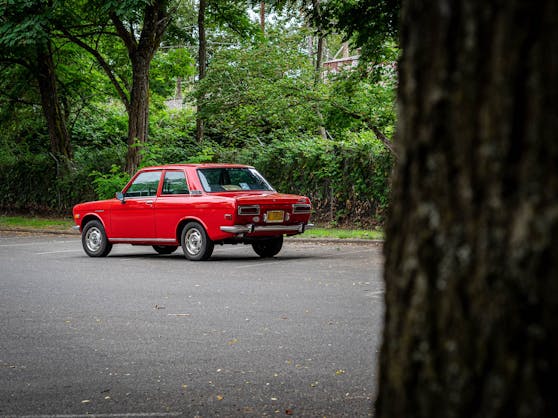
The only reason we used to get RWD two doors like the 510 at all is because they were the cheap version in a range of cars spun off the same body style. They were a consequence, not the conclusion.
But what about a segment where there’s definite money to be made? Consider pick up trucks. As mentioned in my last article, the 2018 Volkswagen Tanoak concept was ready to go. Being based on the Atlas with the ubiquitous MQB platform, it would have been built alongside the Atlas at VW’s Chattanooga factory. Pricing? Let’s be charitable and say $35K. VW likely saw the Honda Ridgeline’s 30-40K units a year and thought no thanks, especially knowing the Ford Maverick was incoming and built down to price of $20K. And the Tanoak wouldn’t have sold anywhere else; VW has the body-on-frame Amarok covering the rest of the world.
Hyundai had a mad scramble with the Santa Cruz, which is why it took so long and looks completely different to the concept.The positive reaction took them completely by surprise, and the ensuing production version had to be reworked significantly to fit in with the new family identity—witness the front Down the Road Graphic.
There’s a dissonance between unit cost and build cost, not just the dollar value of the parts but the total investment required. Manufacturers do a lot of soul searching at this point. What do we want our concept turned reality to do? Is this a product to pull customers into showrooms, a dry run for a new technology or manufacturing process, or does it need to contribute positively to the bottom line? How about the impact on overall fleet economy and emissions? Is there the CAFE or CO2 cap space to add this to our range?
Sometimes an OEM will say that it’s too costly to federalize a car built for non-American markets. They may choose not to import a vehicle for other reasons, but the legislation angle is mostly claptrap. Worldwide markets broadly align to either FMVSS or EuroNCAP legislation so smart OEMs design in both sets of legislation from the beginning, even if they’re not placing a car in a specific market yet. If Jaguar Land Rover can do it on its tiny volumes and shoestring resources, anyone can do it.
No matter how cool the concept, how many internet points it wins it’s never the whole story. We had a concept in our studio for about two years, and everyone who saw it said it needed to be built. It wasn’t even that far removed from what was going into production. It had a hot engine and requisite trim uplift, but it was still too different and too costly to do even for a premium product.
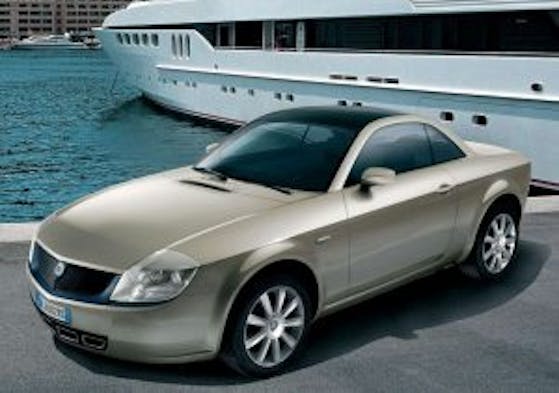
A good idea can have champions in the design studio and the board room, but ultimately the whole business case has to stack up. Because capitalism. Me? Like any designer worth their black turtleneck sweater I have a penchant for anything Italian, so I’m patiently awaiting the arrival of the 2003 Lancia Fulvia Concept …
